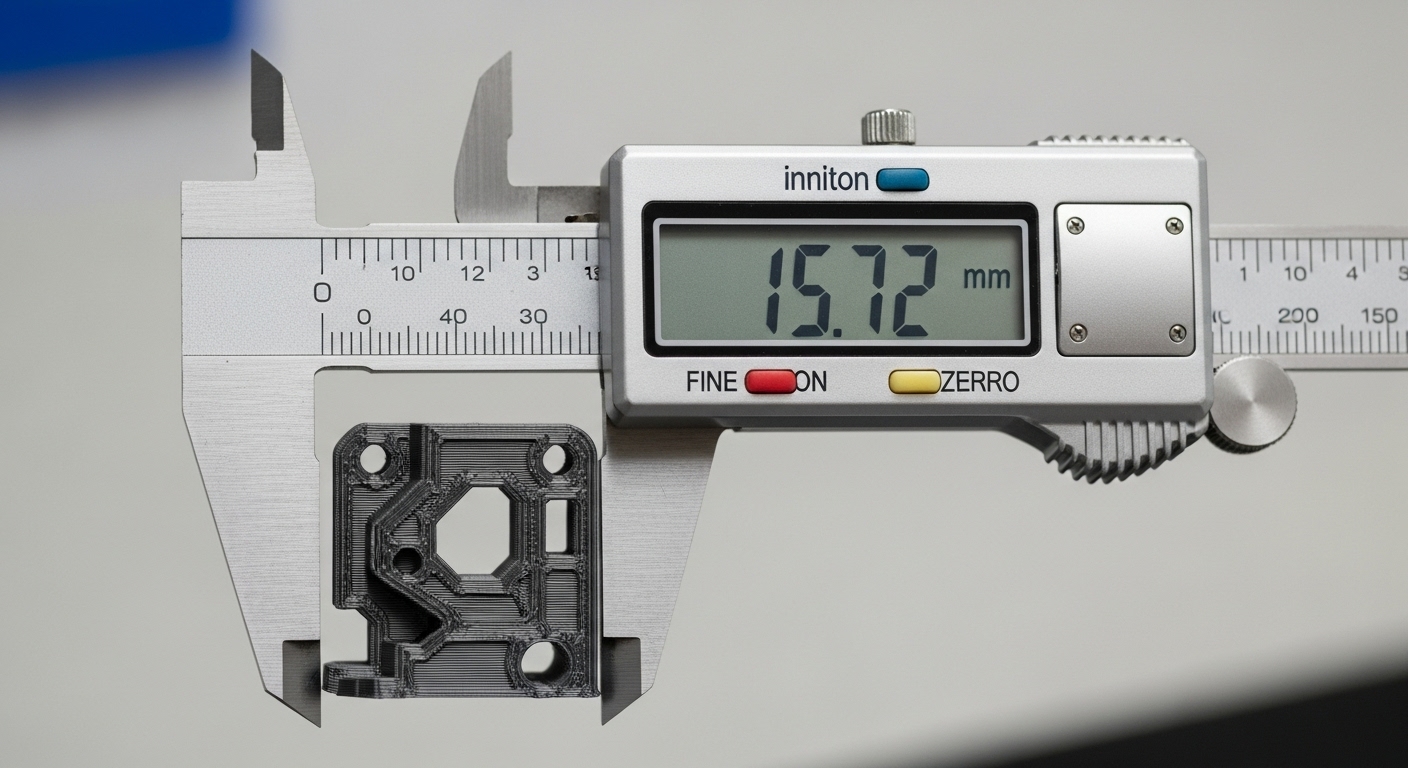3D printing allows for remarkable design freedom, but that doesn’t mean it’s immune to mechanical rules. In fact, when it comes to designing functional parts—especially those meant to fit together or interact—tolerances and precision become just as important as the design itself. Understanding how to account for these factors can make the difference between a perfect assembly and a frustrating failure.
What Are Tolerances in 3D Printing?
Tolerances refer to the allowable deviation from a design’s exact dimensions. No manufacturing process, including 3D printing, is perfectly accurate—materials expand, shrink, or deform slightly as they’re printed and cooled. Designing with tolerance ensures that parts still function correctly despite these small inconsistencies.
For example, two pieces designed to snap together may each need to be offset by 0.2–0.5 mm to account for the printer’s variability.
Why Precision Matters
Precision affects both how closely your printer can match the digital design and how repeatable it is across prints. Even with a high-resolution model, if your printer isn’t precise, results will vary each time. For applications like gears, enclosures, or hinges, even tiny misalignments can cause friction, failure, or wear over time.
Factors That Influence Print Accuracy
Printer Type and Calibration
- FDM printers tend to have lower accuracy than SLA or SLS
- Mechanical calibration, such as belt tension and stepper motor alignment, plays a key role
Material Behavior
- PLA tends to shrink less than ABS or Nylon
- Resin expands slightly during curing, and some powders compact during sintering
Print Settings
- Layer height, speed, and nozzle size can affect feature sharpness
- Excessive retraction or under-extrusion can cause layer gaps or weak walls
Orientation and Supports
- Parts printed upright may warp less than horizontal ones
- Support removal areas can deform or damage dimensions if not carefully considered
Designing with Tolerance in Mind
- Leave clearance between mating parts. For FDM, 0.2–0.5 mm is typical; SLA can be more precise.
- Avoid zero-clearance press fits unless testing with your specific printer and material.
- Consider tolerance stacks—small errors can compound in assemblies.
- Use test prints or calibration models to dial in spacing for your setup.
Common Functional Applications That Rely on Tolerance
- Snap fits and interlocking components
- Enclosures and housings with removable lids
- Gears, sliders, and hinges
- Multi-part mechanical assemblies
- Fittings for pipes, tubes, or electronics
Conclusion
Precision isn’t just a technical detail—it’s the foundation of functional, dependable 3D-printed parts. As additive manufacturing expands beyond prototypes into production, designers must approach each model with a clear understanding of how tolerances influence outcome. Getting this right leads to smoother prints, less frustration, and more reliable results across every project.


